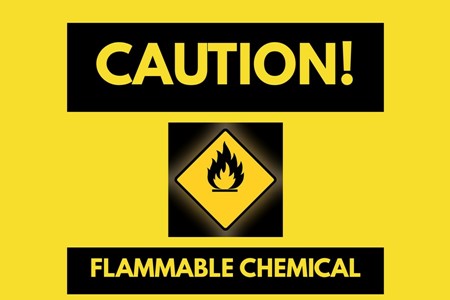
Working with chemicals — whether in a lab, factory, or warehouse — comes with risks. That’s why chemical safety signs are so important. They aren’t just colorful labels; they’re a universal language that helps prevent accidents, protect health, and even save lives.
In this blog, we’ll break down the most common chemical safety signs, their meanings, and why you should never ignore them.
Why Are Chemical Safety Signs Important?
-
Instant Communication: They warn about hazards quickly and clearly.
-
Legal Requirement: Many industries must display them to comply with safety laws.
-
Risk Reduction: They help workers take proper precautions.
-
Emergency Response: First responders rely on them during accidents.
Ignoring or misreading a safety sign can lead to injury, property damage, or even fatalities.
Common Chemical Safety Signs and Their Meanings
Most chemical hazard signs follow the
Globally Harmonized System (GHS) for labeling. Here are the main symbols you’ll see:
1. Flammable (🔥)
Meaning: The chemical can easily catch fire.
Common Examples: Ethanol, acetone, gasoline.
Precaution: Keep away from heat, sparks, and open flames.
2. Explosive (💥)
Meaning: The substance can explode if handled improperly.
Common Examples: Fireworks, ammonium nitrate.
Precaution: Handle with extreme care; avoid shock, friction, and heat.
3. Toxic (☠️)
Meaning: Can cause death or serious health issues if inhaled, ingested, or absorbed.
Common Examples: Cyanide, pesticides.
Precaution: Use protective gear, work in ventilated areas.
4. Corrosive (🧪🔥)
Meaning: Can destroy living tissues and materials.
Common Examples: Hydrochloric acid, sodium hydroxide.
Precaution: Wear gloves, goggles, and aprons; avoid skin contact.
5. Irritant (⚠️)
Meaning: Causes inflammation, irritation, or discomfort to skin, eyes, or respiratory system.
Common Examples: Bleach, detergents.
Precaution: Use proper PPE (Personal Protective Equipment); wash after handling.
6. Environmental Hazard (🌊🐟)
Meaning: Harmful to aquatic life and ecosystems.
Common Examples: Heavy metals, oil.
Precaution: Prevent leaks or spills; dispose of properly.
7. Health Hazard (⚕️)
Meaning: May cause chronic health effects like cancer, respiratory issues, or organ damage.
Common Examples: Asbestos, benzene.
Precaution: Limit exposure, wear respiratory protection if needed.
Color Coding of Chemical Signs
Color also plays a role in chemical safety communication:
-
Red: Fire hazards
-
Orange: Explosive or reactive hazards
-
Yellow: Health hazards
-
Blue: Mandatory instructions (e.g., "Wear goggles")
-
Green: Emergency-related (e.g., eyewash stations, exits)
Final Thoughts
Chemical safety signs are simple yet powerful tools that help create a safer environment for everyone. Make sure to recognize, respect, and react appropriately to them.
If you work with or around chemicals, it’s a good idea to refresh your knowledge of these signs regularly — because when it comes to safety, there’s no
room for guessing.
Stay safe, stay informed!